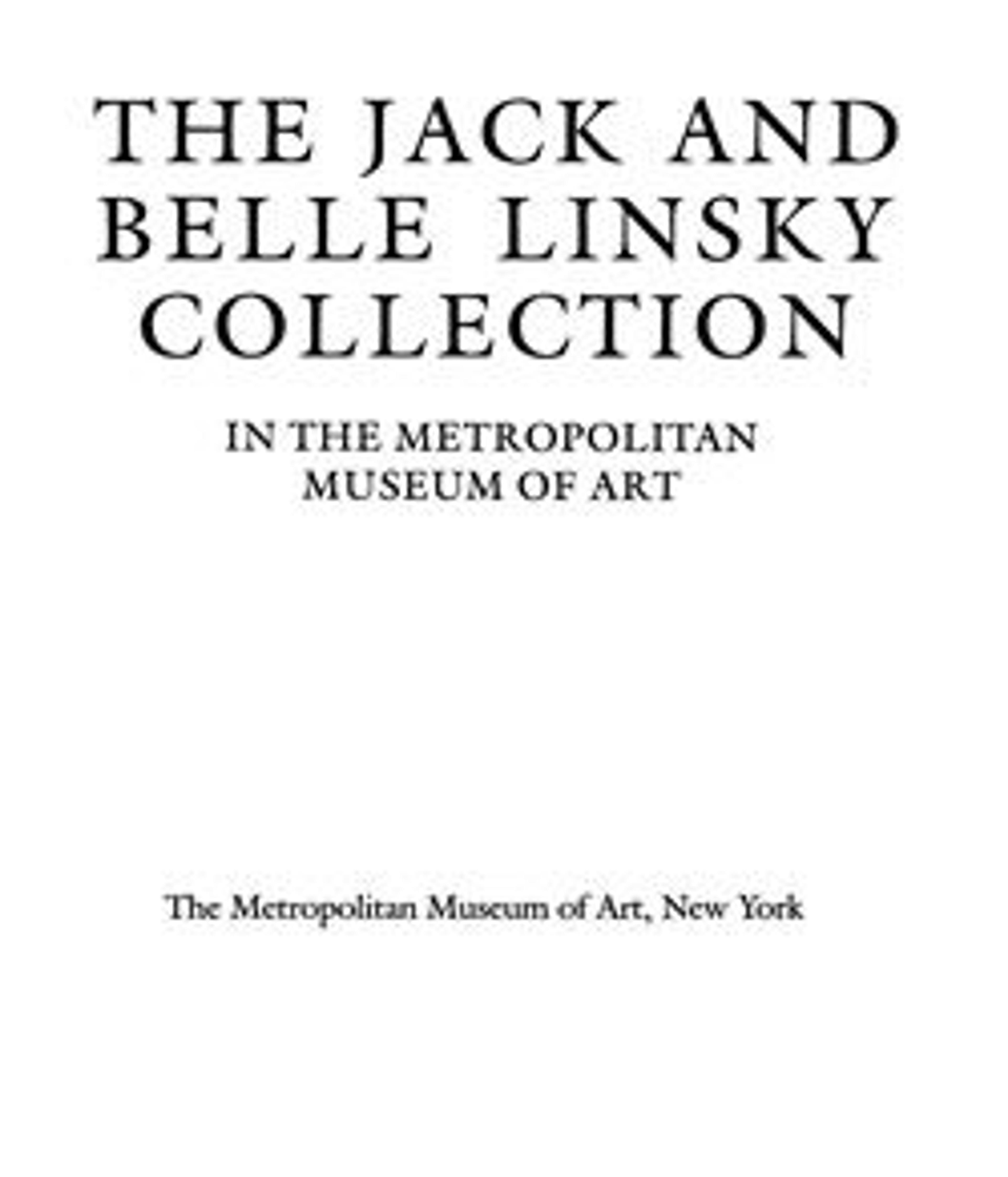Standing cup
The body of blown glass was manipulated to an ogee profile with a separately blown pedestal, everted at the foot with the edge turned up and over. The vertical ribs on the bowl and pedestal were formed of tailed-on spines, which, upon reheating, fused and subsided, merging with the level of the supporting glass. Here in the very form of the object we see the combination of a late Gothic shape with vertical gadroons that evoke a common feature of glass bowls of the Roman era. In the decoration, too, there is a mixing of classical and contemporary motifs. The bands of gold leaf around the lip and at the top of the pedestal bear a scratched scale pattern, with a dentil band added at the lower edge of the gilding around the lip. These, and the enameled round and oval rings threated alternately on a string that encircles the foot, are classical elements, while the beaded dots of enamel over the scale pattern and the tied pairs of loosely curled lines that outline the rubs of the body, with their pendant beaded ornament, are of Levantine inspiration, though ultimately of Chinese derivation. It is this last element that allows us to place this cup latest in a group of enameled cups of similar shape.
The imposing size and the shape of the piece suggest that it was made for the German market. It probably originally had a cover, as it is a parallel in glass of the late Gothic silver and silver-gilt standing covered cups made in great numbers in Nuremberg in the late fifteenth and early sixteenth centuries. Even the jagged horizontal ruff of glass jutting out from the base of the body is the counterpart in glass of the wreath of leaves so often seen in the metal examples. The gilding is worn, especially on the pedestal, where the cup would have been held.
[Jessie McNab, The Jack and Belle Linsky Collection in the Metropolitan Museum of Art, New York, 1984, p. 139, no. 55]
The imposing size and the shape of the piece suggest that it was made for the German market. It probably originally had a cover, as it is a parallel in glass of the late Gothic silver and silver-gilt standing covered cups made in great numbers in Nuremberg in the late fifteenth and early sixteenth centuries. Even the jagged horizontal ruff of glass jutting out from the base of the body is the counterpart in glass of the wreath of leaves so often seen in the metal examples. The gilding is worn, especially on the pedestal, where the cup would have been held.
[Jessie McNab, The Jack and Belle Linsky Collection in the Metropolitan Museum of Art, New York, 1984, p. 139, no. 55]
Artwork Details
- Title:Standing cup
- Date:ca. 1530
- Culture:Italian, Venice (Murano)
- Medium:Glass, enameled and gilt
- Dimensions:Height: 11 5/8 in. (29.5 cm)
- Classification:Glass
- Credit Line:The Jack and Belle Linsky Collection, 1982
- Object Number:1982.60.130
- Curatorial Department: European Sculpture and Decorative Arts
More Artwork
Research Resources
The Met provides unparalleled resources for research and welcomes an international community of students and scholars. The Met's Open Access API is where creators and researchers can connect to the The Met collection. Open Access data and public domain images are available for unrestricted commercial and noncommercial use without permission or fee.
To request images under copyright and other restrictions, please use this Image Request form.
Feedback
We continue to research and examine historical and cultural context for objects in The Met collection. If you have comments or questions about this object record, please contact us using the form below. The Museum looks forward to receiving your comments.
